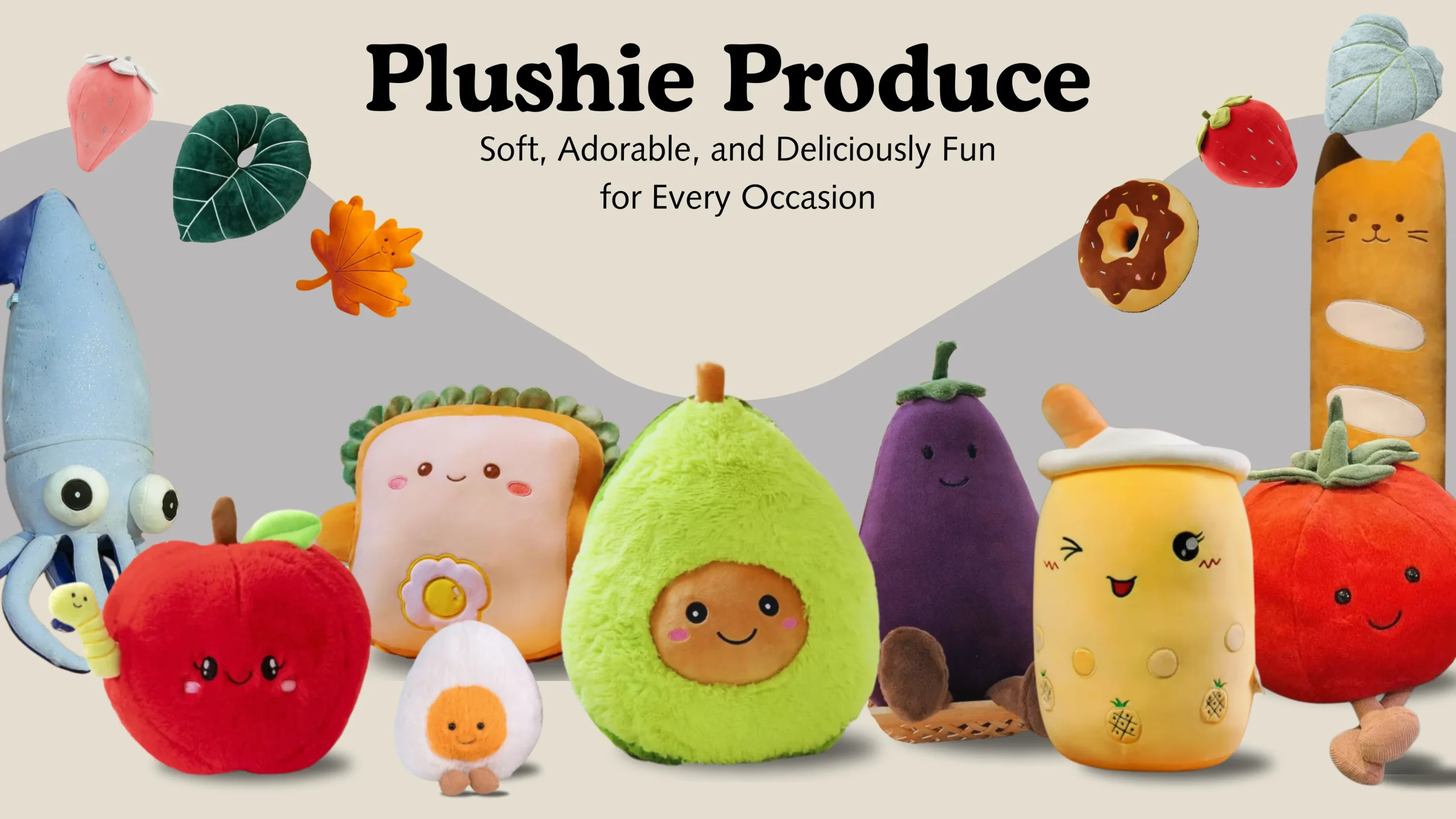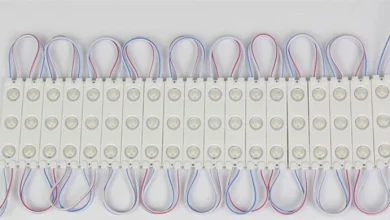Introduction
Indoor plants have long been a favorite element of home décor, bringing a touch of nature into living spaces. However, not everyone has the time, patience, or expertise to care for real plants. Fake indoor plants have emerged as a stylish and practical alternative, providing the aesthetic benefits of greenery without the maintenance.
High-quality artificial plants have improved significantly in recent years, with realistic textures, natural color variations, and even soft-touch materials that closely resemble real foliage. From large artificial trees to small potted plants, these faux alternatives can transform any indoor space effortlessly.
This article explores the benefits of fake indoor plants, the different types available, styling ideas, materials used, and tips for choosing the most lifelike options.
Why Choose Fake Indoor Plants?
Zero Maintenance
One of the biggest advantages of fake indoor plants is that they require no watering, pruning, or sunlight. Unlike real plants that need specific care routines, artificial plants maintain their fresh appearance year-round without any effort.
Ideal for Any Space
Fake plants can be placed anywhere in the home, including areas where real plants would struggle to survive. Whether it’s a dimly lit corner, a humid bathroom, or a sunless office, artificial plants remain unaffected by environmental conditions.
Allergy-Friendly
For individuals with allergies, real plants can sometimes cause issues due to pollen, mold, or soil-borne allergens. Fake plants eliminate this problem, providing a worry-free way to enjoy greenery indoors.
Pet and Child Safe
Some real plants are toxic to pets and children if ingested. Artificial plants offer a safe alternative, ensuring your home remains both beautiful and hazard-free.
Durability and Long-Lasting Appeal
Unlike real plants that may wilt, drop leaves, or require repotting, artificial plants maintain their perfect appearance indefinitely. They are an excellent long-term investment for home décor.
Types of Fake Indoor Plants
Artificial Trees
Large artificial trees such as fiddle-leaf figs, palm trees, and rubber plants are popular choices for making a bold statement in a room. These trees add height, depth, and a natural vibe to interiors.
Fake Potted Plants
Small to medium-sized artificial plants in decorative pots are perfect for desks, bookshelves, and coffee tables. Faux pothos, ferns, and snake plants are great for filling small spaces.
Hanging Artificial Plants
Trailing fake plants, such as ivy and string-of-pearls, work beautifully in hanging baskets or mounted wall planters. They add dimension and a lush green look to any room.
Fake Succulents and Cacti
Artificial succulents and cacti are trendy options for minimalist and modern décor. Their realistic textures and compact sizes make them perfect for office desks, windowsills, and side tables.
Fake Flowering Plants
For those who love the look of blooms, artificial orchids, lilies, and hydrangeas offer a vibrant and elegant touch without the upkeep of real flowers.
Fake Moss and Wall Gardens
Artificial moss and green walls are gaining popularity as decorative elements in modern homes. These installations create a lush, vertical green space without requiring watering or sunlight.
Materials Used in Fake Indoor Plants
Silk and Fabric-Based Plants
Silk plants offer a delicate, realistic texture and are often used in high-end artificial flowers and greenery. However, they can be fragile and may require gentle cleaning.
Plastic and Polyethylene (PE) Plants
Plastic and PE are commonly used for artificial leaves and stems, providing durability and flexibility. High-quality plastic plants are designed to mimic the texture and structure of real leaves.
Polyurethane (PU) Plants
PU artificial plants have a soft-touch finish, making them look and feel more natural than traditional plastic plants. They are often used for succulents and fleshy-leaved plants.
Latex-Coated Plants
Some artificial plants have a latex coating that gives them a realistic sheen and slightly waxy texture, closely resembling natural foliage.
Foam-Based Plants
Foam plants are lightweight and affordable but may not look as realistic as silk or PU alternatives. They are often used in budget-friendly décor items.
How to Choose Realistic Fake Indoor Plants
Check for Natural Color Variations
Real plants have subtle color variations, with some leaves darker or lighter than others. High-quality artificial plants replicate this detail instead of looking too uniform or overly bright.
Look for Detailed Textures
The best fake plants have realistic veins, leaf imperfections, and natural movement. Avoid plants that appear overly shiny, as real plants typically have a matte or semi-gloss finish.
Invest in High-Quality Materials
PU and latex-coated artificial plants tend to look the most lifelike. Silk versions are also a great option for flowering plants.
Pair with Stylish Planters
The right planter enhances the realism of an artificial plant. Opt for ceramic, concrete, or woven baskets rather than plastic pots to create a natural look.
Creative Ways to Decorate with Fake Indoor Plants
Liven Up Empty Corners
Tall artificial trees like palms, fiddle-leaf figs, and bird of paradise plants make great corner fillers, bringing depth and character to a room.
Create a Green Wall
Artificial green walls or vertical plant installations are trendy and add an eco-friendly aesthetic without the complexity of maintaining a real plant wall.
Use Hanging Plants for Dimension
Macrame plant hangers with trailing artificial vines add a bohemian and relaxed vibe to any space.
Brighten Up Bathrooms
Since many real plants struggle with bathroom humidity, fake plants are a perfect way to add greenery to your shower space or vanity area.
Enhance Office Spaces
Place small artificial succulents or leafy plants on your work desk to create a refreshing, stress-free environment.
Style Open Shelves
Adding fake potted plants to open shelving units brings balance and texture to home décor arrangements.
Fake Indoor Plants vs. Real Indoor Plants
Advantages of Fake Plants
- No watering, pruning, or sunlight required
- No risk of pests, mold, or soil-related issues
- Safe for pets and children
- Long-lasting and durable
- Suitable for all environments, including dark or humid spaces
Advantages of Real Plants
- Improve air quality by absorbing toxins
- Can grow and change over time
- Provide a sense of natural beauty and interaction
- Some plants have aromatherapy benefits
How to Clean and Maintain Fake Indoor Plants
Regular Dusting
Use a microfiber cloth, feather duster, or soft brush to remove dust buildup from leaves and stems.
Wipe with a Damp Cloth
For deep cleaning, wipe leaves with a damp cloth to remove dirt and grime.
Use Compressed Air
Compressed air is useful for cleaning delicate artificial plants with intricate details.
Avoid Direct Sunlight for Indoor Use
Prolonged exposure to direct sunlight may cause fading, even in UV-resistant fake plants.
Conclusion
Fake indoor plants have revolutionized home décor, offering a hassle-free way to enjoy greenery in any space. With advanced materials and realistic designs, artificial plants now look more natural than ever. Whether you want to brighten up a dark corner, create a green statement wall, or enhance your workspace, fake plants provide the perfect solution without the maintenance.
By selecting high-quality materials, choosing stylish planters, and arranging them creatively, you can enjoy the beauty of nature indoors without any of the upkeep.




